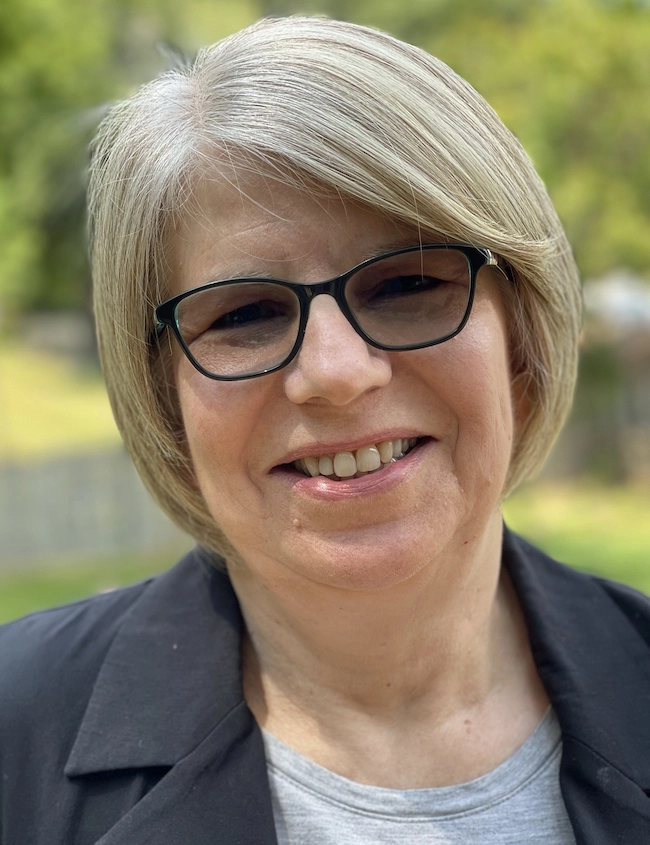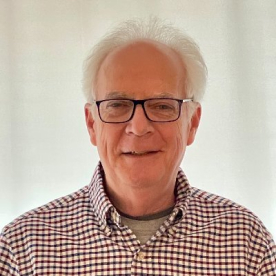Tag
multimedia
-
•
Reporter brings paper’s online ‘Aging Edge’ concept to fruition
Most reporters are multitasking experts. Not only are they reporting and writing the main story for a media outlet’s print…

-
•
Journalists explain how freelancers can add audio, video to boost pitches – and income #AHCJ16
Seeing Spike Lee’s 2006 documentary about how Hurricane Katrina devastated New Orleans was transformative for independent journalist Andrea King Collier.…

-
How one longtime beat reporter is keeping the Medicaid story fresh
Huffington Post health care reporter Jeffrey Young has written about Medicaid expansion. And written more about Medicaid expansion. And written…

-
•
Multimedia piece explores Philly’s medical history
“Now, why Philly?” That’s how the first stop begins on the interactive map for Marketplace’s “Philadelphia: The Birthplace of Healthcare”…

-
•
More whimsy, less ‘whining’ in support group
Laurie Udesky and David Dudley of Consumer Health Interactive put together a multimedia video presentation on the wacky international amputee…

-
•
Multimedia, social media for health journos (#ahcj09)
Presenters had lots of great information to share about social media, blogging, getting audio and using free online tools for…

